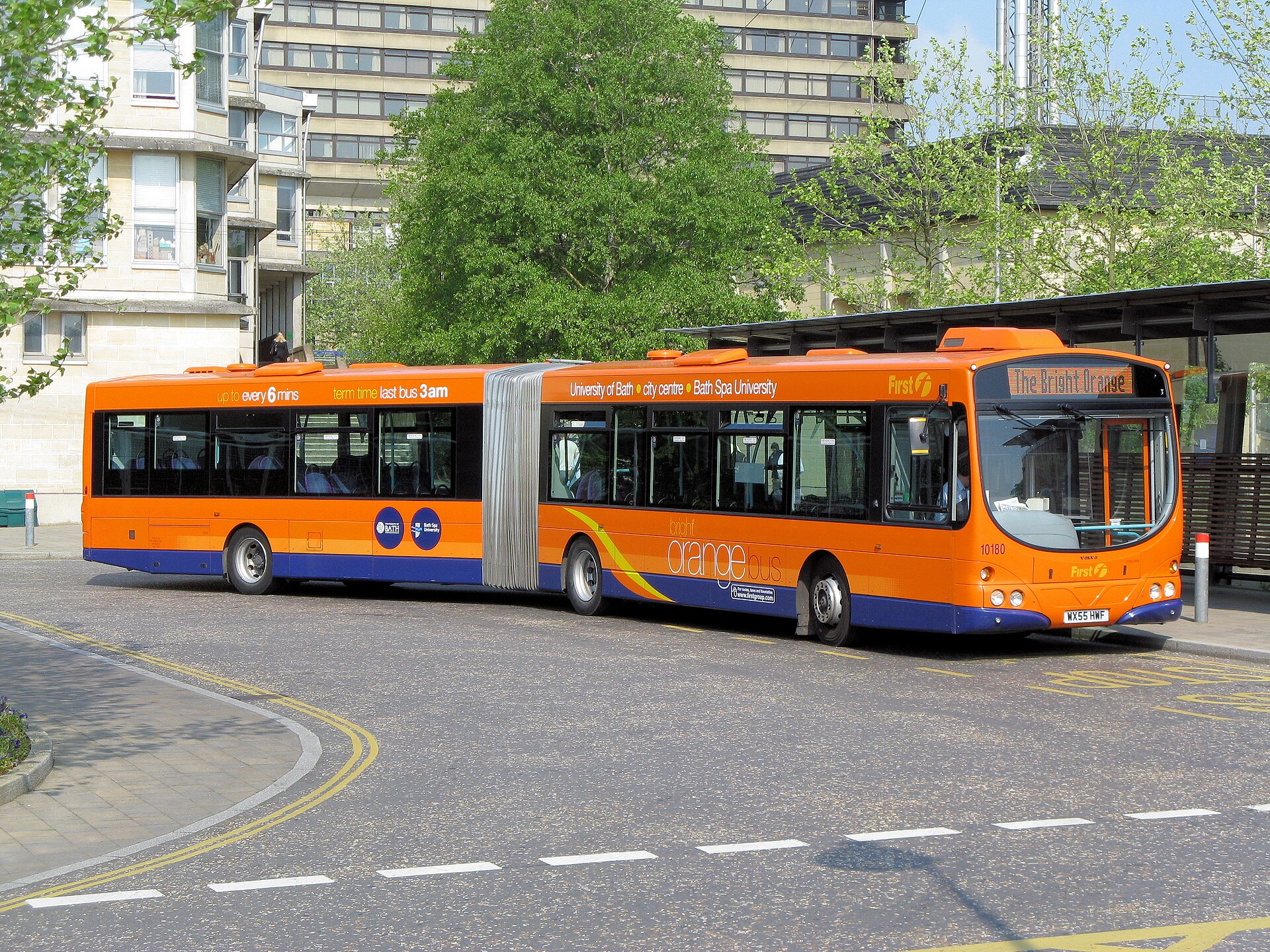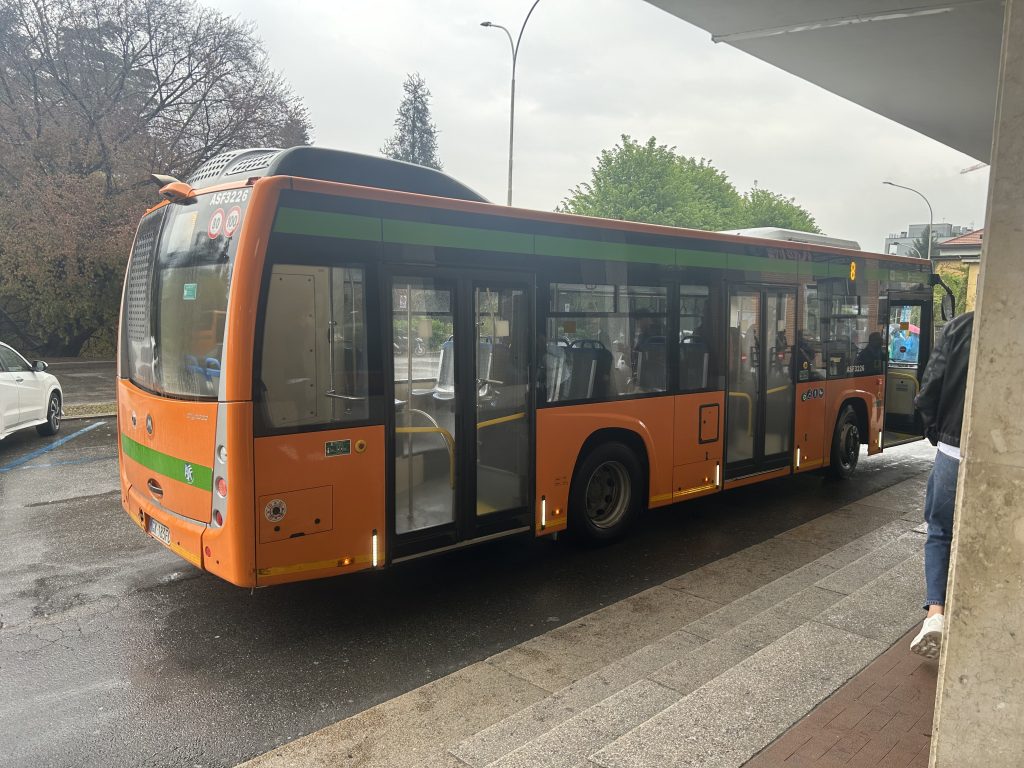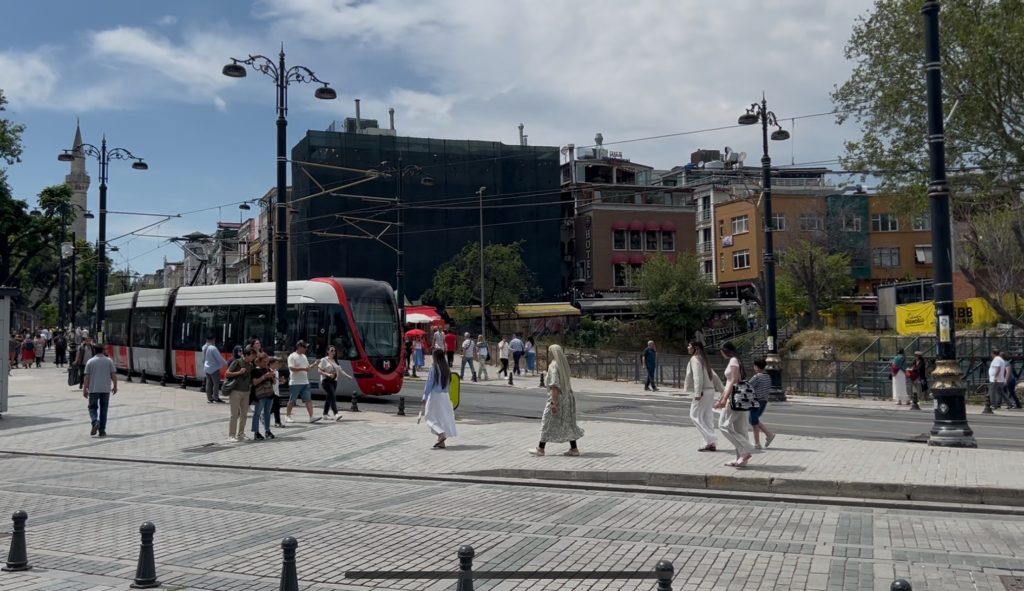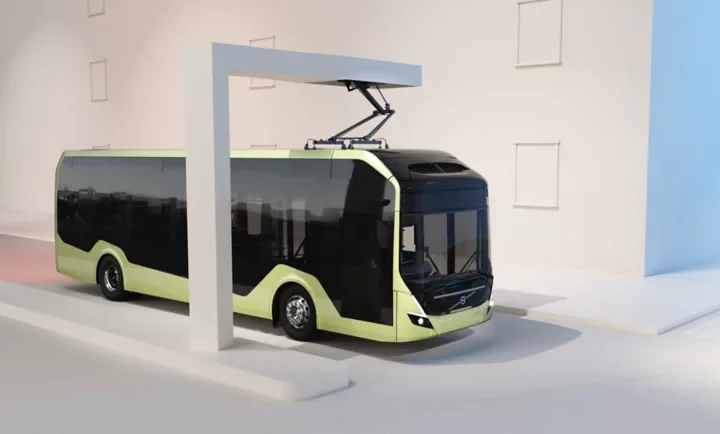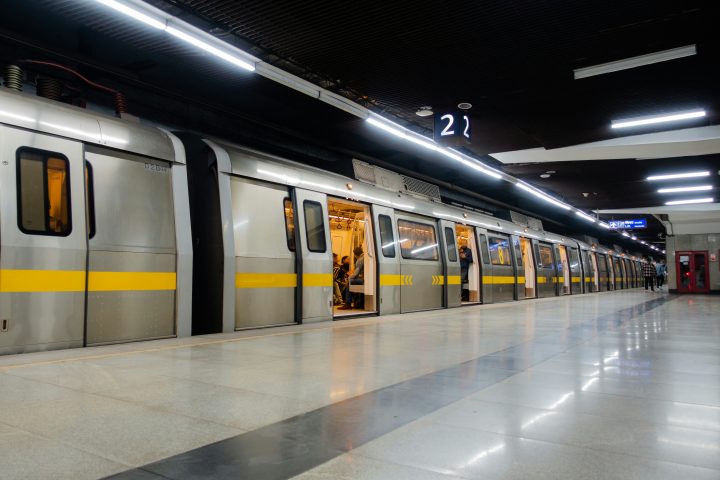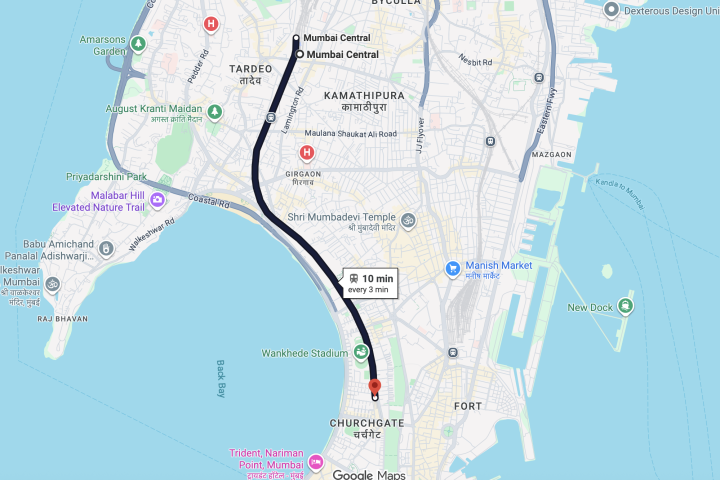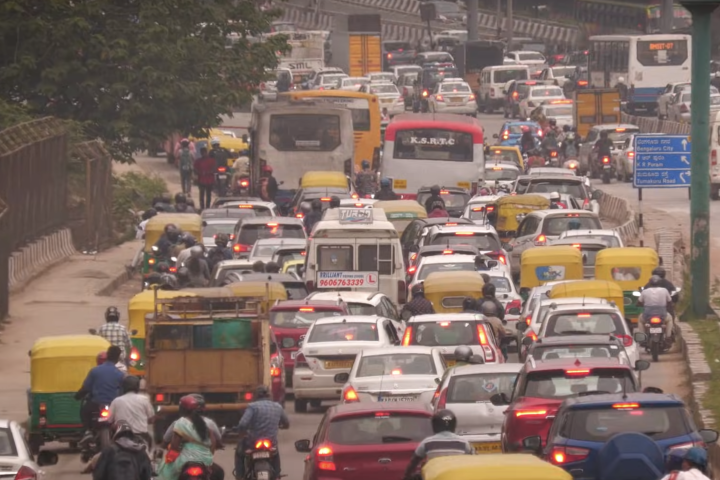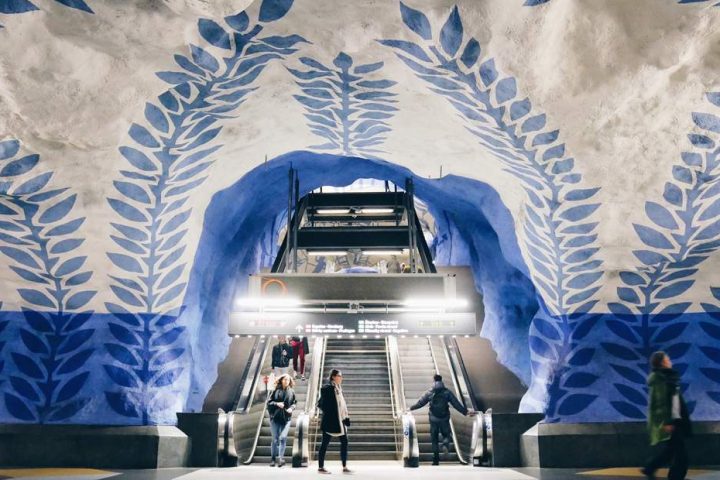If you’re a millennial or an older Gen Z, you might fondly remember spotting, or even riding – one of those long snaking articulated diesel buses that once roamed the streets of Bengaluru. Those bendy buses were quite a sight and served the city for several years before finally being retired from the fleet.
The Bengaluru Metropolitan Transport Corporation (BMTC) was one of the early adopters of this design, naming them ‘Janti Vahana’ – a non-AC vestibule buses in blue and white livery that navigated the city’s narrow roads for many years.


These were custom-built coaches unlike today, where articulated buses are readily available off the shelf. Back then, cost constraints and the absence of Indian manufacturers meant BMTC had to roll up its sleeves and build them in its own workshop.
Tiruchirappalli was another South Indian city that deployed articulated buses quite early, and were operated by Tamil Nadu State Transport Corporation. The buses built in Karur were designed to accommodate 62 passengers, with the overall length being 15 metres.
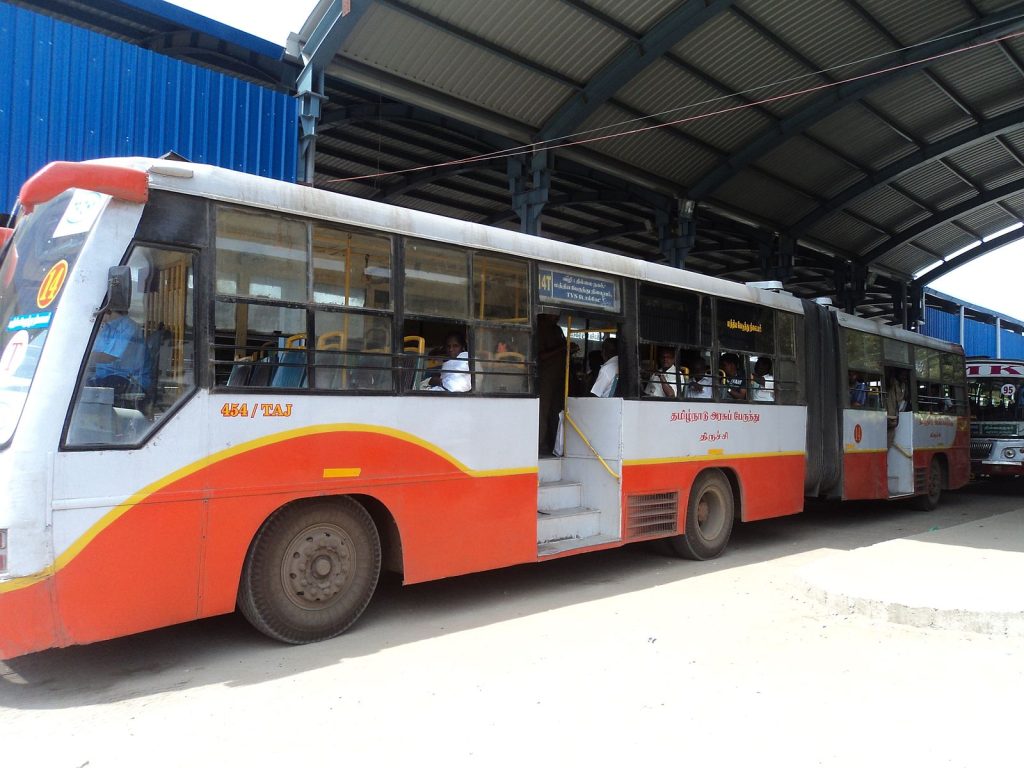
Over the years, a few more cities in India launched, operated, and eventually retired their articulated bus fleets for various reasons. These services were never scaled up by transport agencies and ultimately failed to find a place in long-term transportation strategies.
Let’s look at these buses in detail first.
Advantages
Bigger capacity
The latest ones are typically 18 meters long, and can carry up to 150 passengers. The number of seats vary depending on the layout and the manufacturer, and can be anywhere between 50 to 120. Compared to a typical 12 meter bus, this is almost twice the capacity in a single vehicle – plus, they also help reduce fleet size by consolidating more passengers into fewer vehicles.
Short Dwell Time
Articulated buses are designed to carry a large number of passengers, and despite their size, they can achieve relatively short dwell times when supported by the right infrastructure. This is primarily due to multiple wide doors where passengers can board and alight simultaneously across sections, reducing congestion at the doors.
Comparison with Double-Decker buses
This is often a point of debate, with some favoring double-decker buses while others support articulated (bendy) buses. Few cities like Mumbai and Ahmedabad have opted for the former, and have been quite reluctant to deploy articulated buses.
Double-decker buses offer a compact solution by carrying more passengers vertically, making them ideal for narrow or congested roads. Their shorter length allows better maneuverability in dense urban areas with tight turns. They also take up less curb space at stops, reducing street-level congestion. Additionally, their iconic design and elevated upper deck provide a unique and appealing travel experience.
Despite articulated buses’ length, the flexible joint allows them to navigate urban roads with reasonable ease. They are ideal for high-frequency routes and can serve as a cost-effective alternative to rail-based systems in growing cities, and unlike double-deckers, they avoid height clearance issues, making them suitable for routes with low bridges, flyovers, or tree cover.
Trolley articulated bus
Articulated buses can also be adapted into trolleybus versions by connecting them to overhead electric wires, allowing them to operate using electricity instead of fossil fuels. These electric articulated trolleybuses are quite popular in cities wanting to reduce emissions while still needing high-capacity surface transport.
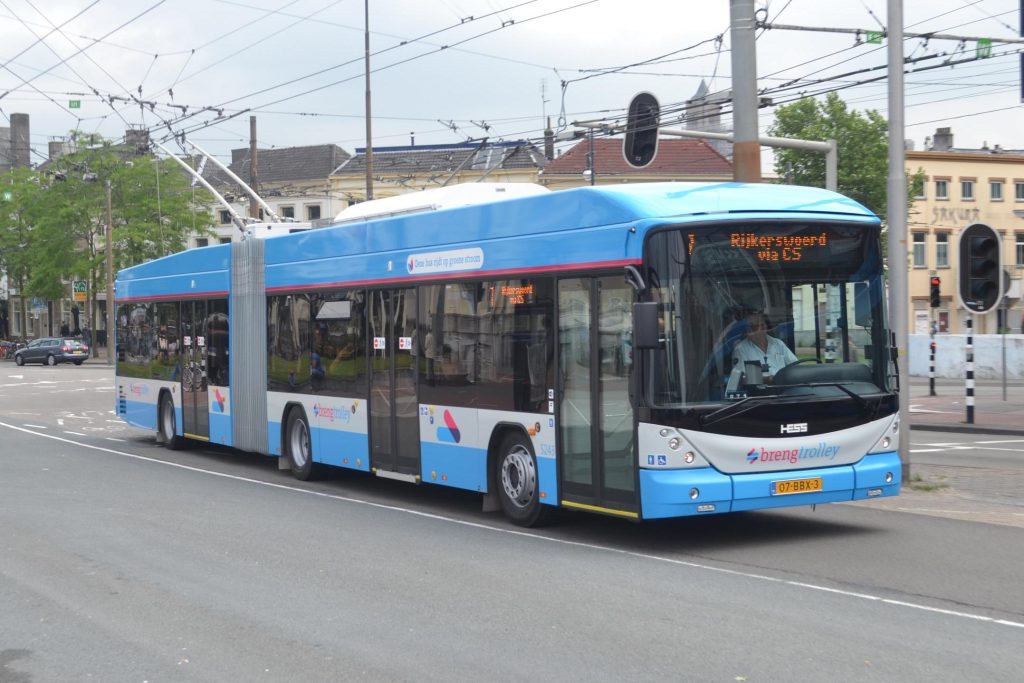
Bi-articulated bus
Some buses are designed with an additional middle section, creating a vehicle with two pivoting joints and three connected sections, linked by two gangways. The bi-articulated buses offer even greater passenger capacity than standard articulated buses – often accommodating over 200 passengers at a time.
Cities in Europe like Utrecht, Netherlands have both articulated and bi-articulated buses in their fleet. South American cities, and a few cities in China also run bi-articulated buses.
Electric version
India and many other countries across the world are replacing their diesel buses with electric ones, and several global manufacturers now offer zero-emission, articulated models that support fast charging and regenerative braking.
Bogota is currently testing Chinese articulated buses from Zhongtong which would be eventually deployed on the city’s BRTS network. These buses have a max speed of 60 km/h and an estimated range of about 250 km.
Other companies like Mercedes-Benz’s eCitaro has a range of 350 km while Solaris claims that its articulated Urbino 18 electric bus can cover a whooping 600 km distance on a single charge.
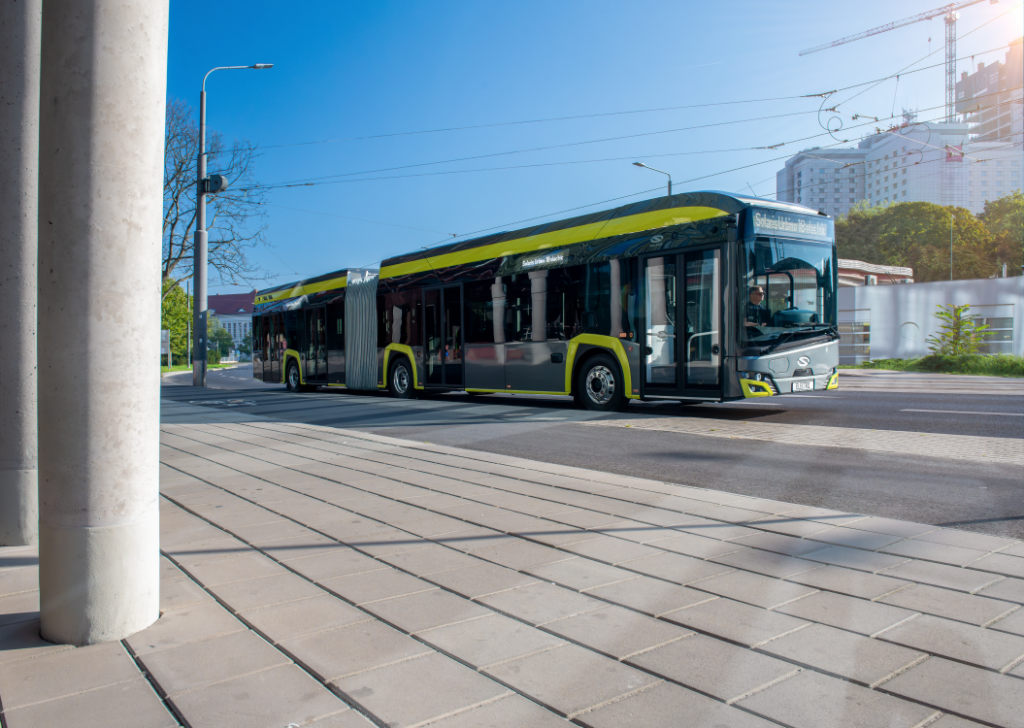
Tram like articulated buses
Bus manufactures like Irizar and Hess have experimented with articulated buses that adopt the design language of a tram, but operates and behaves like a regular bus.
The design can be polarizing – critics question the point of turning a bus into a tram, while supporters argue that tram-like ergonomics and visual appeal can boost ridership.
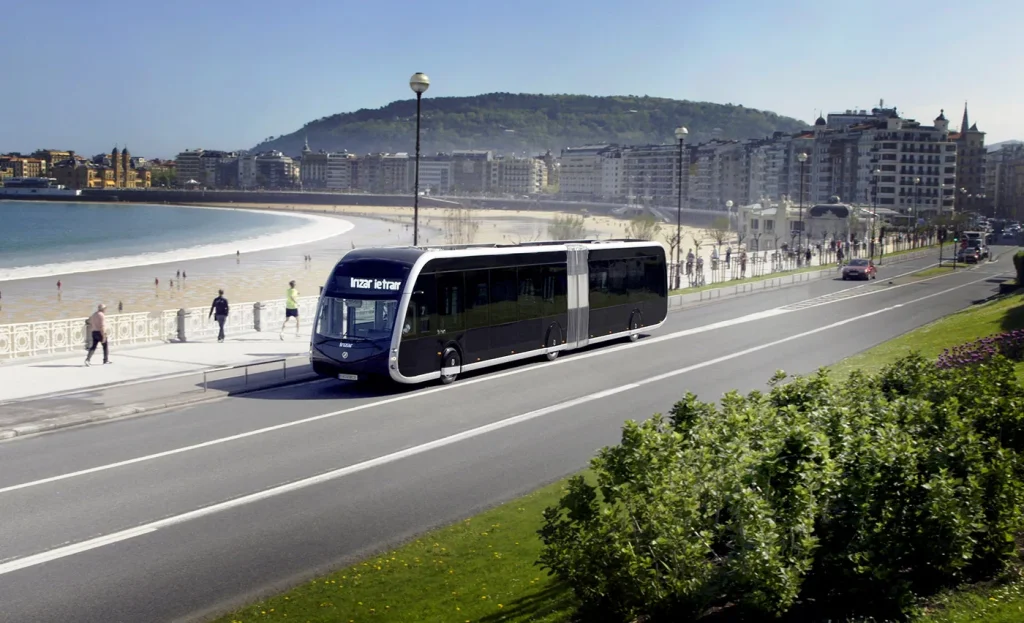
Hess’s lighTram 25 is about 24,7m long, and has two steered axles to help it maneuver like normal articulated buses. This specific model is currently operational in Brisbane, Basel and Nantes.

Are they suitable for India?
Critics point out that given the vehicular density of our cities, articulated buses may not be a wise choice. Another concern is the narrow roads and tight corners in our neighborhoods – and when an articulated bus tries to maneuver, two-wheeler riders may inadvertently get boxed in.
London retired its entire fleet of articulated buses and replaced them with double-deckers by 2013. The articulated buses were first introduced in the city back in 2001, but safety concerns(a few caught fire), difficulty maneuvering in historic centers, fare evasion, and frequent accidents made them unpopular.
However, other European cities continued adding more to their fleet.
Some articulated buses, like the Mercedes model shown below, feature active steering on the fourth axle. This helps the rear section turn more predictably and allows the driver to navigate tight corners with greater ease.

Our cities also suffer from overcrowded buses, often due to bunching – when multiple buses on the same route arrive together – combined with an overall shortage of buses on high-demand routes. On wide-lane roads, articulated buses can quickly boost capacity and ease the load.
Several Tier 2 cities also operate dedicated BRTS lanes where running a high capacity medium is essential. Articulated buses are perfect for that.
Ring roads are another great place to deploy these articulated buses. Agencies can run them on a loop-service basis where there is no defined start and end point. Buses along these routes don’t need to turn, or do a turnaround for that matter.
A 2002 article sheds light on the benefit of running these in Bengaluru. According to BMTC General Manager R.V. Bhosekar, “During peak hours at Cauvery Bhavan, BMTC buses need to transport around 10,000 people per hour. The need for a high capacity bus was urgent. Vestibule Buses are slowly solving the problem”.
Why were they retired?
Lack of maintenance and inability to procure spare parts were some of the major reasons for their withdrawal from the service. In the case of Tiruchirappalli and Thanjavur district, the buses could not be sustained since the chassis for the models were not available after six years of introduction.
In general, these buses also required specialized driver training and infrastructure, such as longer station platforms and gentler road curves – adding to operational overheads for transport agencies.
Agencies found it much easier to add additional 12 meter buses than operate these inefficient longer ones. The fact that these buses were built locally in workshops rather than in regulated factories with stricter quality controls – further undermined their reliability and performance.
What’s the recommendation?
There have been multiple studies over past few years as to what cities should opt for when planning their transport network. A report titled “Bus Rapid Transit (BRT) Design Guidelines for Indian Cities” published by the Indian Roads Congress explicitly recommends 18 meter articulated buses for “higher‑demand corridors,” with four ≥1.2 m‑wide, level‑boarding doors on the station‑side, and a typical seated+standing capacity of approximately 150 passengers. It also notes that bi‑articulated (24 m/210 pp) may be used on very high‑demand routes.
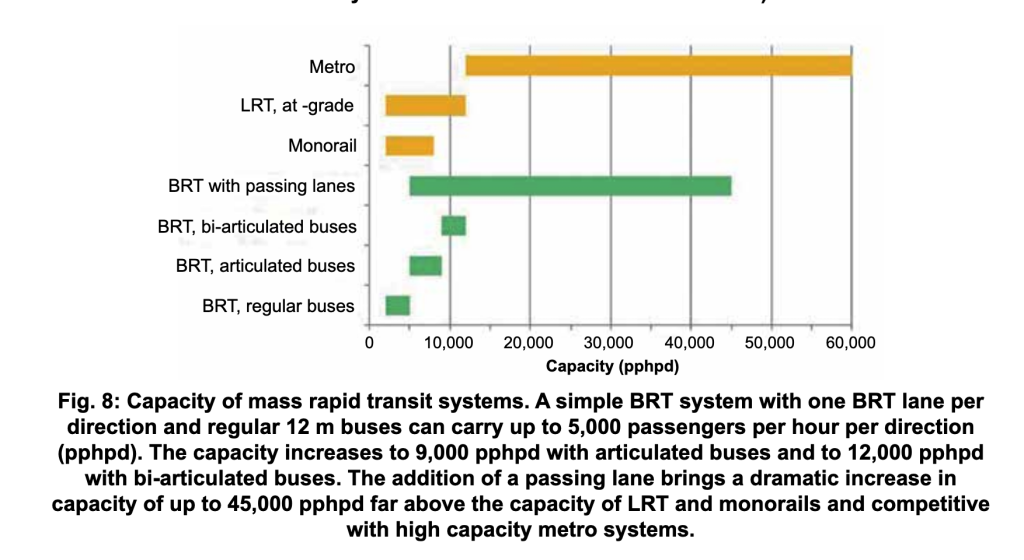
Another report by Ministry of Housing & Urban Affairs under JNNURM titled “Urban Bus Specifications – II” standardizes bus types for all Indian cities, including an 18 meter “BRT Articulated Bus” variant (and a 24 m bi‑articulated). It lays down specs for dimensions, door arrangements, floor heights, passenger capacities, etc., to help cities streamline procurement and maintenance of articulated BRT vehicles.
Current Status
Karnataka’s Hubballi-Dharwad plans to pilot Hess’s articulated bus on its BRT corridor. The state government has recently signed a memorandum of understanding with the company to introduce electric rapid transit in the city. If the plans succeeds, these would be rolled out to other Tier 2 cities in the state.
Representatives from Hess-AG also met Maharashtra CM, thereafter which he tweeted, “Chaired a meeting with GoM officials and representatives of HESS-AG, a Swiss company the Electric Rapid Transit (e-RT) system. A pilot project is considered in Pimpri Chinchwad.”
Missing government assistance
The central government has rolled out several electric bus schemes(PM E-Drive, PM-ebus sewa etc) in past few years, but none of them feature any incentive for a bus 18 meters or longer. This is glaring omission in my opinion since states have been quite flexible and eager to adopt buses of different sizes.
Under the gross cost contract model used by most transport agencies in India, the responsibility for bus maintenance lies with the private operators who win the contracts. This matters because maintaining articulated buses, in particular, has never been a strong suit for many agencies. By freeing themselves up from regular maintenance, agencies can focus on utilizing their full potential on certain routes.
To conclude..
Articulated buses deserve a second chance in Indian cities. With growing urban populations and consistently overcrowded transit systems, these high-capacity vehicles can play a key role in easing pressure on busy routes.
I would like end this post by highlighting some of the replies to my tweet on this topic.




